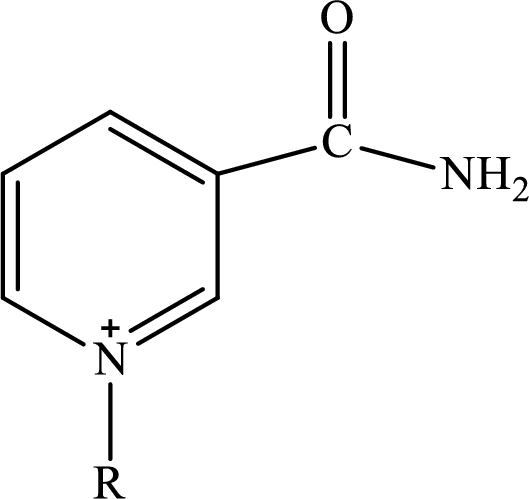
Concept explainers
Interpretation: To identify the B vitamin involved in the oxidizing agent
Concept introduction: Coenzymes are non-protein organic compounds that are used along with the enzymes and help to carry forward the reaction. Coenzymes cannot perform on their own alone. Nicotinamide adenine dinucleotide
Nicotinamide adenine dinucleotide

Here,
A biochemical reaction in which an
Trending nowThis is a popular solution!

Chapter 15 Solutions
Organic And Biological Chemistry
- The reducing agent needed in the process of lipogenesis is a. NADPH b. NADH c. FADH2 d. no correct responsearrow_forwardWhich of the following statements about ATP equivalents in gluconeogenesis is correct? a. 4 ATP equivalents arc expended. b. 6 ATP equivalents arc expended. c. 4 ATP equivalents are produced. d. no correct responsearrow_forwardAccumulation of which of the following substances in muscle cells is the cause of stiffness and soreness after vigorous exercise? a. pyruvate b. lactate c. acetyl CoA d. no correct responsearrow_forward
 General, Organic, and Biological ChemistryChemistryISBN:9781285853918Author:H. Stephen StokerPublisher:Cengage Learning
General, Organic, and Biological ChemistryChemistryISBN:9781285853918Author:H. Stephen StokerPublisher:Cengage Learning Organic And Biological ChemistryChemistryISBN:9781305081079Author:STOKER, H. Stephen (howard Stephen)Publisher:Cengage Learning,
Organic And Biological ChemistryChemistryISBN:9781305081079Author:STOKER, H. Stephen (howard Stephen)Publisher:Cengage Learning,

